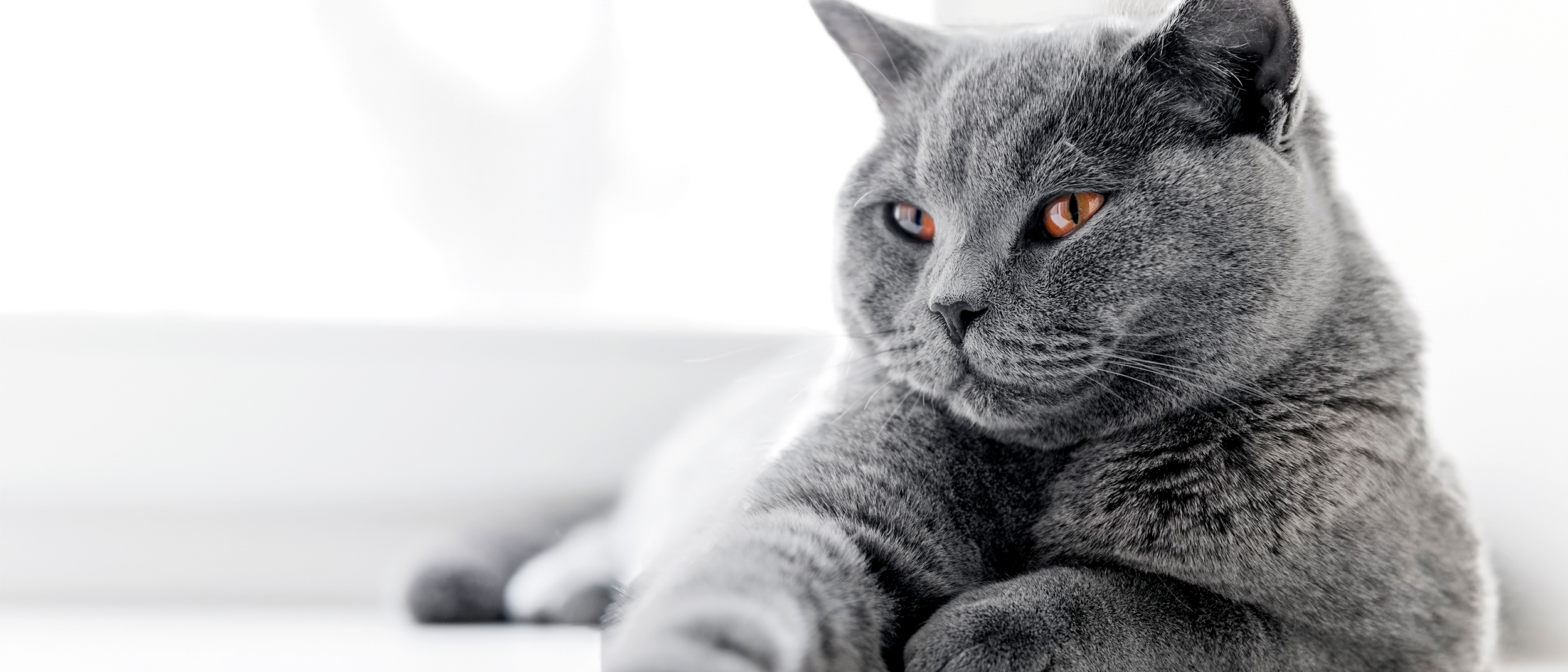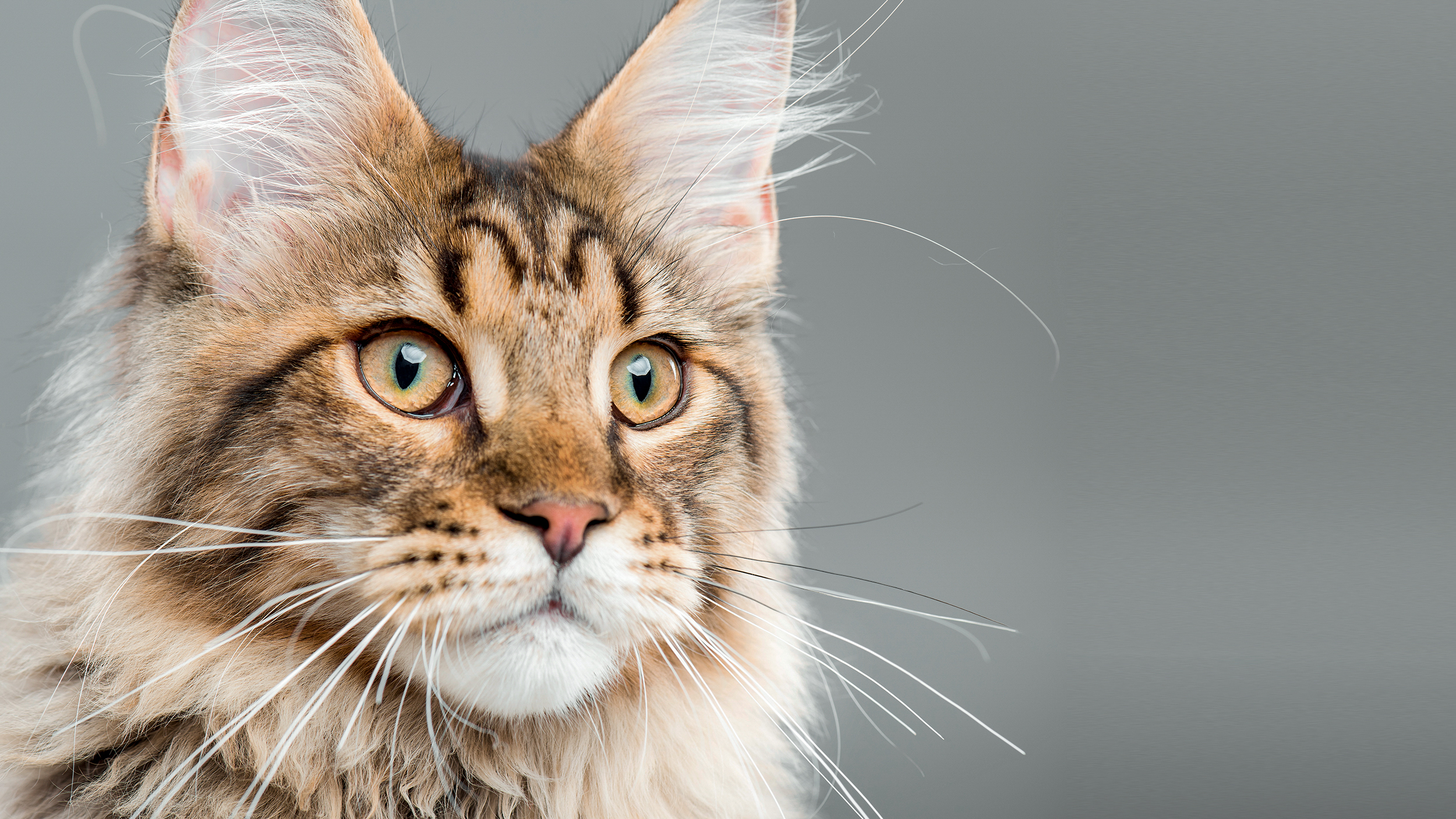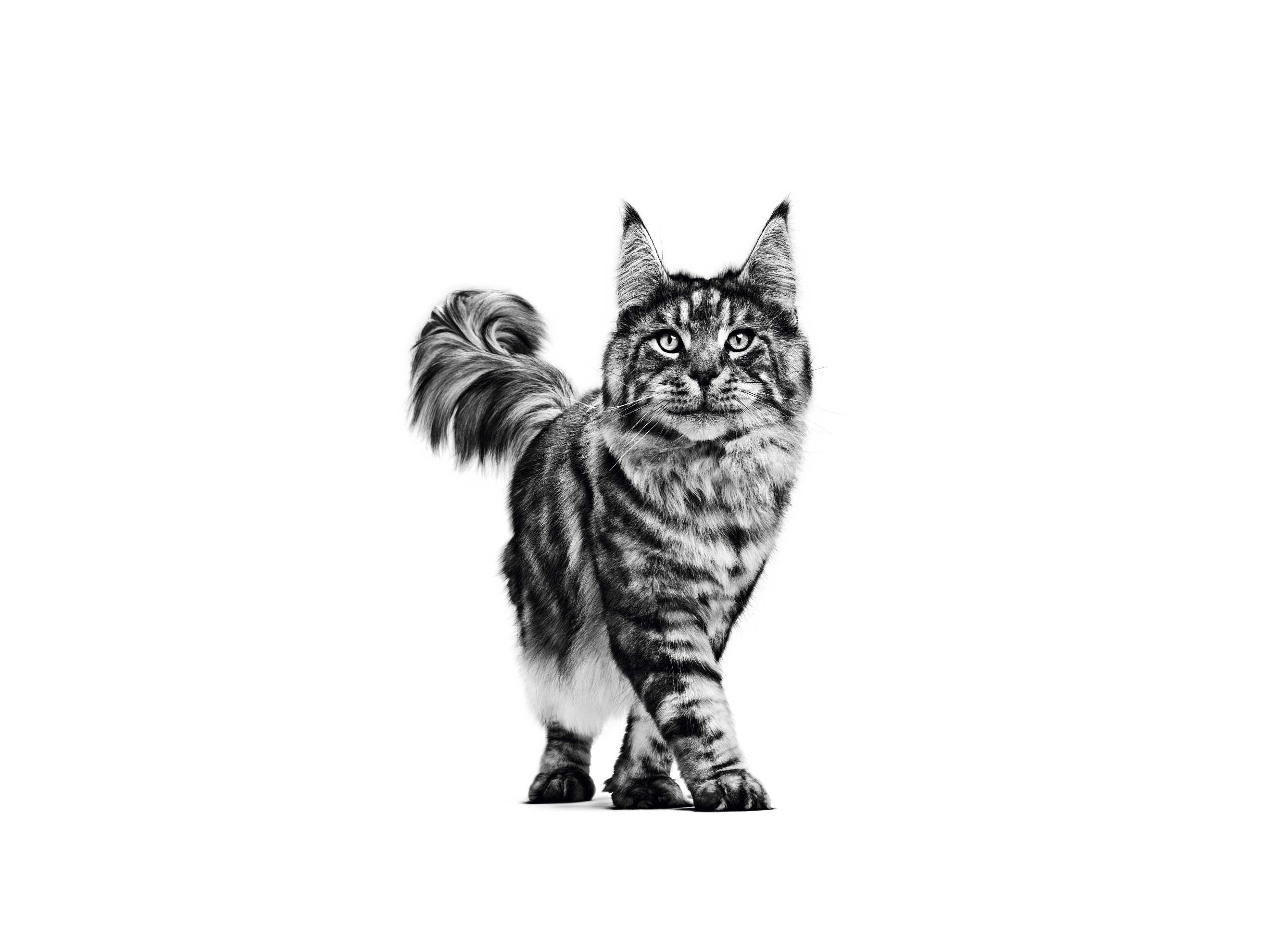Да ли треба да изаберем чистокрвну мачку или мешанца?

Када бирате нову мачку, постоји низ фактора које би требало да узмете у обзир. Један од њих је да ли би требало да одаберете чистокрвну мачку или не и како би та разлика могла утицати на њене потребе и карактеристике.
Начин на који се мачка понаша зависи од комбинације њеног генетског састава и искустава којима је била изложена током периода социјализације. Период је кратак за мачиће и завршава са око осам недеља старости, иако ће маче бити пријемчиво за промене у понашању све док не напуни око шест месеци.
Мачка са педигреом
Чистокрвне мачке представљају само мали део мачје популације. Термин „педигре“ се генерално односи на евиденцију о родитељима и пореклу мачке. Педигре ће бити регистрован као одређена раса код једног од главних органа за регистрацију раса мачака, пружајући гаранцију усаглашености са карактеристикама расе и порекла мачке.
Да ли треба да набавите чистокрвну мачку или не?
Не постоји тачан или погрешан одговор, јер се то заснива на личним афинитетима. Неки више воле да мачку добију из азила, комбинујући добро дело са задовољством поседовања мачке.
Понекад у азилима можете наћи чистокрвне мачке, јер многи клубови за узгој воде и спасилачку службу за мачке својих раса које су постале бескућнице.
Повремено ће одгајивачи тражити домове за своје пензионисане мачке, иако већина одгајивача више воли да задржи своје пензионисане мачке из узгоја након што их кастрирају.
Избор да ли имају или немају педигре ће утицати на вероватни извор за набавку мачке. Иако се већина чистокрвних љубимаца набавља од одгајивача, извори мачака без педигреа су разноврснији. Најчешћи извори су случајно легло од пријатеља или комшије или из азила.
Зашто треба да одаберете чистокрвну мачку?
Раса је створена селективним укрштањем ради успостављања изразитих физичких карактеристика: дуга длака, облик главе и ушију или репа, на пример. Овај избор такође утиче на темперамент и понашање. Због тога су карактерне особине поједине расе генерално добро дефинисане. Много је теже погодити темперамент усвојеног или спасеног мачета, а љубитељи мачака ће вам рећи да је то део њиховог шарма. Већину љубитеља чистокрвних мачака привлачи не само лепота животиње већ и њен карактер.
На пример, добро је познато да је рагдол опуштена, тиха мачка која се мирно прилагођава новим домовима, норвешке шумске мачке имају друштвен карактер, чине их одличним кућним љубимцима за децу, док оријенталне мачке захтевају више времена од својих власника и стварају веома чврсте везе са својим људским пријатељима. Познавање карактеристика и захтева сваког чистокрвног љубимца помоћи ће вам да одаберете мачку која најбоље одговара вашим очекивањима.
Данас су изгледа посебно популарне рагдол, мејн кун и бенгалска мачка. Последњих година забележена је експлозија нових раса са врло специфичним физичким карактеристикама, попут сфинкса без длаке, меканог, коврџаво пресвученог рекса и безрепе манкс мачке.
Желећете да одаберете расу чији вам се изглед допада, али још важније је да буде вероватније да вам темперамент и понашање расе одговарају. Да бисте сазнали више о јединственим карактеристикама и потребама раса мачака, посетите нашу алатку за истраживање раса или посетите изложбу мачака и разговарајте са одгајивачима.

Зашто да изаберете мачку мешанца?
Када се формира раса, само се одређене мачке које поседују потребне физичке карактеристике и темперамент чувају за репродукцију. Ако само неколико јединки показује ове карактеристике, генетски фонд може драстично осиромашити.
Како је врло мало јединки које испуњавају услове, на жалост, врши се парење са јединкама у одређеном степену сродства како би се осигурале жељене карактеристике. Овај процес може да повећа ризике од појаве генетских проблема. Међутим, генетски тестови постају све доступнији како би се открили могући генетски поремећаји повезани са расом, а одгајивачима омогућило да их избегну. Већина организација за мачке подстиче одговорно размножавање и поштовање добрих пракси у погледу селекције и ограничавања парења са најблискијим сродницима.
Неки одгајивачи појачавају одређене морфолошке специфичности до крајњих граница, што је познато као стварање „хипертипова“. Примери су сијамске и оријенталне расе са све издуженијом главом, и насупрот њима, персијске и егзотичне расе са све више спљоштеним лицима. Оваква претеривања у прилагођавању облика нису без анатомских и физиолошких последица и могу бити извор здравствених проблема.
Код мачака без педигреа и мачака мешанаца, генетски фонд је много богатији, а шансе за развој ових наследних стања су знатно мање.
Да ли има разлике у половима код чистокрвних јединки или мешанаца?
Кључно питање је да ли постоје значајне разлике у понашању и карактеру између мужјака и женки мачака.
Разлика код полова су мање изражене код чистокрвних мачака, где је темперамент део спецификације расе и имате могућност да одаберете расу у смислу карактера који је најбоље прилагођен вашим жељама и начину живота.
Код мачака без педигреа, чији карактер је слабије предвидљив, понекад се сугерише да су мужјаци хладнији и толерантнији, и да ће даље лутати од куће, док ће се женке радије кретати ближе кући. С друге стране, такође важи да женке могу да буду доминантније у кући, што понекад отежава заједнички живот са другим животињама.
Поред тога, многе разлике у понашању које се појављују у пубертету, на пример обележавање урином код мужјака или терање код женки, обично престају након кастрирања.
Без обзира да ли изаберете мешанца или чистокрвну мачку, важно је имати на уму да су све мачке јединке за себе и да се њихови карактери или захтеви могу разликовати. Разговарајте са одгајивачем или центром за усвајање који ће познавати карактер сваке појединачне мачке и моћи ће да вам помогне да одредите која од њих вам највише одговара и уклапа се у ваше захтеве.
Related Articles
Сазнајте више о расама мачака

Лајкуј и подели страницу